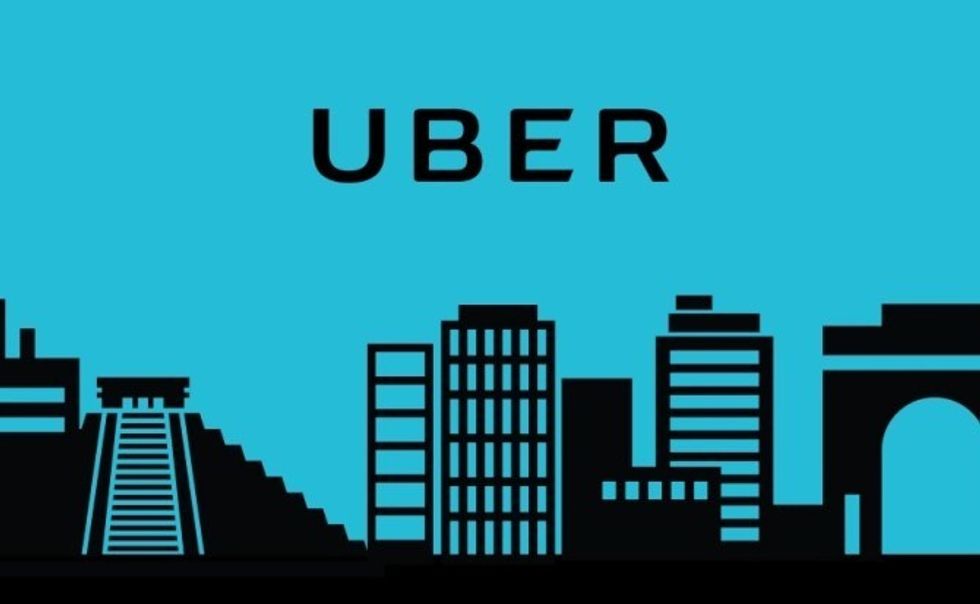Uber and Lyft drivers may only be making $3.37 an hour according to a new study conducted at MIT. The study, which surveyed over 1,100 drivers, combined “self-reported revenue, mileage and vehicle choices” with “detailed vehicle operational cost parameters for insurance, maintenance, repairs, fuel and depreciation” in order to come up with an estimation of median take home income. The original results of this study were immediately contested by Uber, with Uber’s analyst citing several instances of survey bias and misleading questions as the company’s chief complaints.
Presumably under pressure from the tech giant, the researchers adjusted their findings and determined that drivers make closer to $8.55 an hour in pretax income. Although this figure implies that drivers are making more than the federal minimum wage ($7.25), the study also concluded that 54% of drivers are making less than their state’s minimum wage. On top of this, the study also shows that 8% of drivers are losing money by working for Uber. This paper, written by Stephen Zoepf, executive director of the Center for Automotive Research at Stanford University, has been released at a time when Uber and Lyft are facing backlash for their questionable labor practices. After releasing his second study, Zoepf was slammed again, this time by Uber’s CEO, and accordingly adjusted his findings a second time. Zoepf arrived at the same median wage, but in his revised version, only 41% of drivers made less than their state’s minimum wage and only 4% were losing money. Still, it’s certainly worth noting, if only to relay Uber’s economic power, how much they were able to sway this study despite arguing from a biased position.

Presently, Uber operates, through what can only be described as a classification loophole, as an e-commerce company, not a transportation company. While this is changing in Europe, in America, Uber is not liable for the vehicles that their drivers put on the road. Uber’s drivers, despite a long-fought battle to change this, are not technically employees. They’re independent contractors and aren’t entitled to the same rights and benefits as full-time workers. Uber drivers have to insure themselves, don’t receive unemployment, and have to maintain their vehicles at their own expense. The freedom to set one’s own hours, Uber’s major perk, isn’t particularly unique either. Depending on the company they work for, New York drivers who lease their cabs from the Taxi and Limousine Commision are often afforded a similar luxury.
The bottom line is, Uber’s service model isn’t particularly unique, and there isn’t really anything fundamentally different about an Uber-X than a cab. The company prides itself on its ability to disrupt the marketplace, but the reality is, Uber’s greatest asset is that it was started in 2009, at the height of the App craze. When it was first introduced, the idea of pushing a button on your phone and hailing a cab was novel, it was cool. But in 2018, almost ten years later, the novelty has worn off. There are innumerable buttons to push. If you like the color pink, use Lyft. Hitch-a-Ride is teal. Even NYC taxi drivers have their own app now. That said, Uber’s staying power is a testament to two things: one,the value of being first. And two, Being the cheapest option available makes it pretty easy to stay in business.

With regard to the latter however, Uber’s ability to undercut traditional taxi services is predicated on their poor labor practices and the resultant low overhead. With that in mind, Stephen Gandel, published a piece in 2015 on the estimated cost Uber would incur if it were to formally employ its workers (in the US). With all things considered, Gandel came up with the number 4.1 billion dollars, or roughly 10% of Uber’s total valuation. This was published three years ago, when Uber’s reported 160,000 US-based drivers. By the end of 2015 they had doubled to 327,000 drivers. Uber also hit one million drivers worldwide in 2015. Since Gandel’s report was based only on the 160,000 US-based drivers at the start of 2015, it’s tough to say exactly what it would cost Uber to properly employ all of its workers, but we can infer that it’d be a pretty hefty, potentially devastating fee.
It would seem that if Uber continues losing lawsuits, its viability as a company could be in trouble. And, despite Europe taking the lead on securing employee status for Uber drivers, it would take a major societal shift in the way Americans view labor for any concrete change to truly happen here. Still, if Americans are looking for a perfect example of corporate greed, they need look no further than their favorite ride-sharing app.
Matt Clibanoff is a writer and editor based in New York City who covers music, politics, sports and pop culture. His editorial work can be found in Inked Magazine, Pop Dust, The Liberty Project, and All Things Go. His fiction has been published in Forth Magazine. — Find Matt at his website and on Twitter: @mattclibanoff





